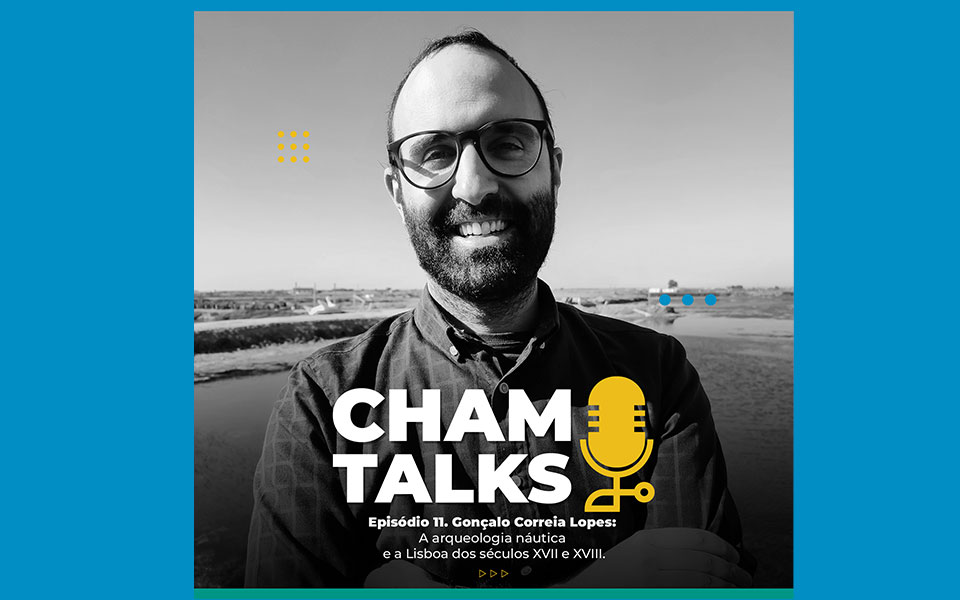
Nautical archaeology and the Lisbon of the 17th and 18th centuries.
How do you conduct underwater archaeology? Is nautical archaeology also done on land? How were vessels built between the 15th and 18th centuries, what materials were used, and for what purpose? What happened to them when they were no longer used? Does the "detective work" of an archaeologist allow them to guess the route of a shipwrecked vessel through the study of its cargo? Gonçalo Correia Lopes explains all this and tells how Lisbon developed in relation to the river and the sea, how landfills were built in the area that corresponds to the strip between Cais do Sodré and Beato, and how nautical materials were reused by the populations.
Gonçalo Correia Lopes holds a PhD in History, with a specialization in Archaeology, and is an expert in nautical archaeology and shipbuilding in the modern era. As an integrated researcher at CHAM, he is a senior technician at the Directorate-General for Cultural Heritage and the National Center for Nautical and Underwater Archaeology (DGPC/CNANS), having been hired as part of the Water World project, financed by EEA Grants. In 2022, he received the Admiral Teixeira da Mota Prize, awarded by the Navy Academy.
The interview is conducted by Inês Torres.
Coordination
Isabel Araújo Branco (CHAM)
Organization
CHAM / NOVA FCSH







